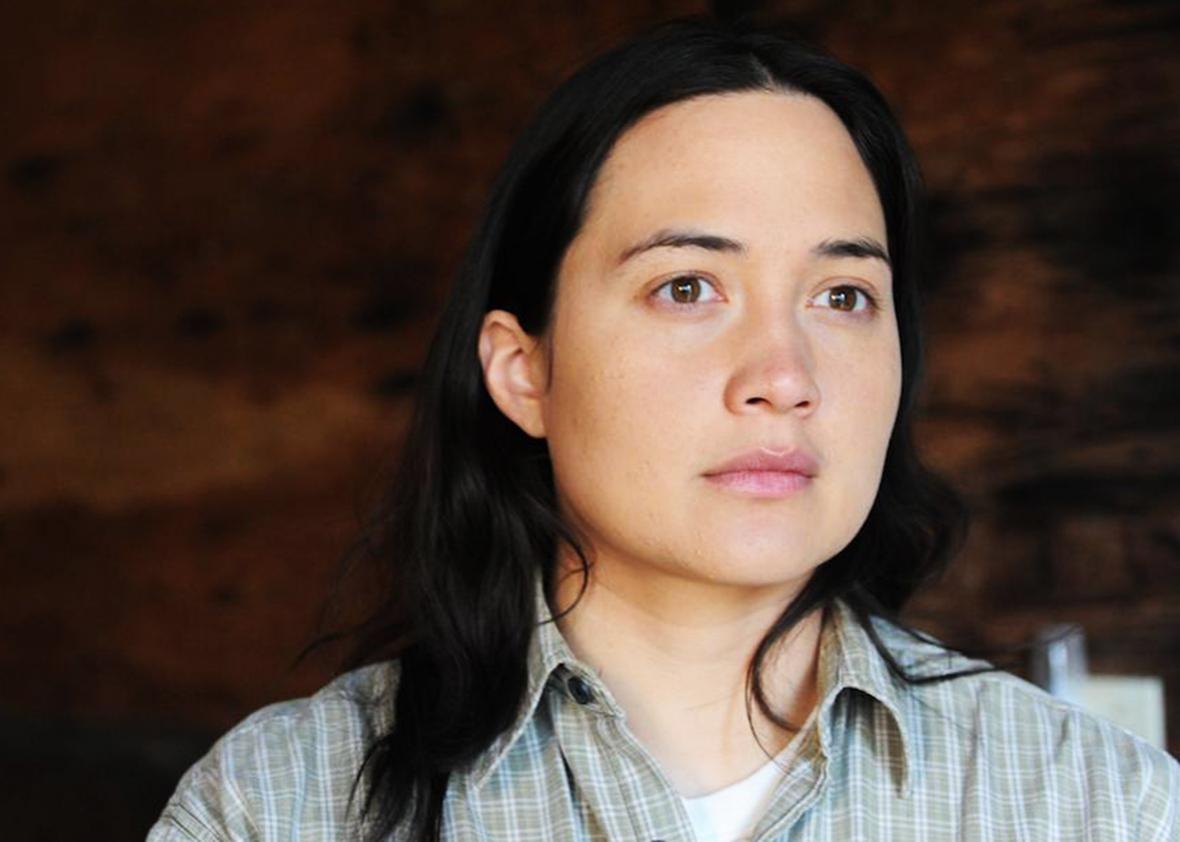“It would be so lovely,” muses the lawyer played by Laura Dern in Kelly Reichardt’s Certain Women, “to think that if I were a man, I could explain the law and people would listen … that would be so restful.” In this subdued and allusive film, that’s the closest any character comes to making a thematic statement of purpose. All four of the women whose lives obliquely crisscross in Certain Women—based on a trio of short stories by the Montana-born writer Maile Meloy—are in some way seeking the same things: a moment of respite, a shot at justice, a person to listen to what they have to say. Their quests to be heard and recognized aren’t always successful within the movie’s fictional world; this is no uplifting girl-power manifesto, but an honest and sometimes painful exploration of a particularly female kind of loneliness. But even as the four protagonists struggle, often in vain, to get someone else to pay attention, Reichardt’s camera is right there, watching and listening.
Certain Women’s stories take place in or near Billings, Montana, a flat prairie landscape buffeted by chilly winds and photographed in muted greenish browns on grainy 16mm film by cinematographer Christopher Blauvelt. As we meet Dern’s character, a personal-injury lawyer also named Laura, she’s having an affair with a married man (James Le Gros) and swallowing her rage at a needy client (Jared Harris) who treats her like a therapist, mother, and girlfriend all at once, even as he blithely ignores her legal advice. When he’s finally told, by an apparently more credible male lawyer, that his lawsuit stands no chance of going forward, the client snaps, placing both himself and Laura in a situation of potential danger.
The film’s middle chapter is its shortest and most ambiguous. Michelle Williams plays a successful businesswoman married to the same James Le Gros character we saw sharing a lunch-break rendezvous with Dern in the film’s opening scene. They have a teenage daughter whose disenchantment with her hard-driving mother seems complete. The family is building a second home on a remote patch of land in the country, camping out in a tent as they begin to lay out the plan for their dream house. In the process, they come into conflict with a local man in his 70s (René Auberjonois) whose yard is piled high with local sandstone from a schoolhouse torn down long ago. In an uncomfortable scene rife with class condescension and oblivious ageism, the well-off younger couple and the widower of modest means try to negotiate a price for this pile of rocks, whose use value is still unclear but whose symbolic value to both parties is immense.
The last, longest, and most successful of the three segments takes place not in Billings but in the small town of Belfry, four hours away. We know that precise driving distance because Beth (Kristen Stewart), a recent law school graduate, has to make the two-way commute twice a week for a job teaching educational law at a night school in Belfry. After each class, Beth bolts down a meal at the town’s only diner before beginning the long slog back to Billings. A lonely ranch hand named Jamie (the remarkable newcomer Lily Gladstone) forms an attachment to the frazzled teacher and starts auditing her evening classes just for the pleasure of accompanying her to the diner afterward.
The tentative relationship between the two women, neither quite a friendship nor a love affair, is sketched with a spareness and restraint that’s familiar from earlier Reichardt films like Old Joy and Wendy and Lucy. As this story moves toward its wrenching resolution, Gladstone plays one long, completely silent scene behind the wheel of a car, the shifting light on her face capturing every step in the transition from hope to despair to embarrassment to resignation. Even in a film full of powerful, understated acting from polished performers like Dern, Williams, and Stewart, this moment stands out.
The lives of these four souls overlap only tangentially as the film moves toward an ending that grows a shade less confident in the power of narrative irresolution. At least one of the stories gets a more detailed epilogue than it really needed. But Certain Women’s strength lies in its establishment of a highly specific, if melancholy, sense of place—the Montana of big-box stores and limitless gray skies—and in the quiet patience with which the director (who also wrote and edited) allows her characters’ stories to unfold. Her juxtaposition of imponderably vast landscapes and regular-scale individual lives is what gives Certain Women its mood at once of delicate restraint and of moral gravity. These women’s lives may not be heroic or grandly exemplary. In the end, they’re not representatives of womankind or humanity at large; they’re simply “certain women” whose stories Reichardt has chosen to tell. But she takes the time to slow down and make us listen, not only to their conversations but to the silences in between. She makes them matter.
